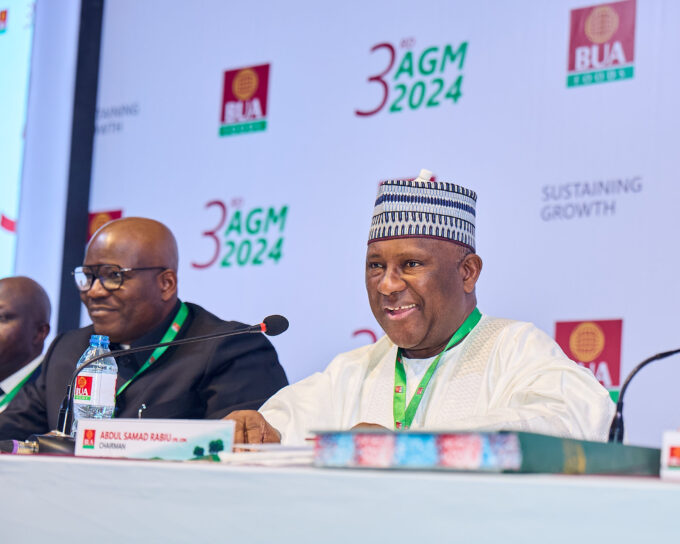April 3, 2018/FBNQuest Research
Our manufacturing Purchasing Managers’ Index (PMI), the first in Nigeria, rose strongly in March from 54.7 to 59.4. Our partner, NOI Polls, has gathered and compiled the data.
The index is found in developed markets (such as the ISM’s in the US), larger emerging markets such as China, India and Brazil, and a few other frontiers. It is based upon manufacturers’ responses to set questions on core variables in their businesses. In our case, it is not seasonally adjusted.
PMIs are forward-looking indicators of sentiment, and have the proven capacity to move financial markets in developed economies. Whereas the latest national accounts cover the fourth quarter (October-December), the latest PMI captures the third month of the first quarter of 2018.
In the unweighted model of our choice (the ISM’s), respondents are asked whether output, employment, new orders, suppliers’ delivery times and stocks of purchases have improved on the previous month, are unchanged or have declined. A headline reading of 50 is neutral. We have posted nine negative readings since our launch in April 2013, the latest in January 2017.
Our sample is an accurate blend of large, medium-sized and small companies.
We have added “trigger” questions, which apply when the respondent has the same answer on a sub-index for two months and then changes it for the third. The more interesting comments this time underpin the surge in new orders, citing a seasonal boost from Easter and early orders for election campaign materials in addition to a general rise in demand.
All the five sub-indices other than employment improved in March.
We have had the usual seasonal slump in the index in January and a stable headline reading in February, followed by a strong rise in March. This would normally point to robust manufacturing growth in Q1 2018. The emergence of the broader economy from recession is largely a function of a recovery in oil output (decline in sabotage).
The headline reading has been above 50 since March 2017 and was particularly strong in Q4 for seasonal factors. This turnaround is largely due to the CBN’s experimental fx policy. Fx abundance has replaced scarcity. This is evident from our PMI readings but also inflation data, the balance-of-payments and listed company results.
Manufacturing expanded by 5.0% q/q in Q4 2017. The two largest sub-sectors are food, beverages and tobacco, and textiles, apparel and footwear.














